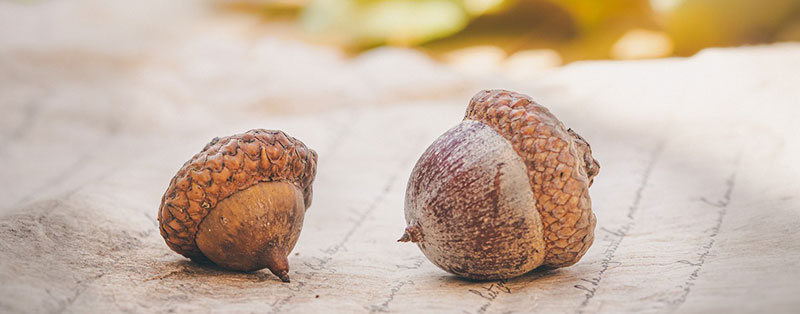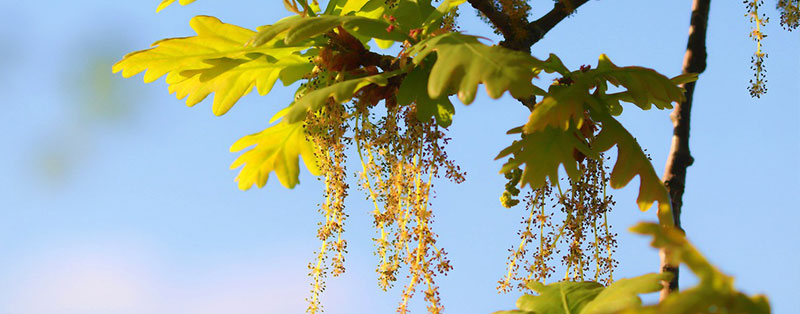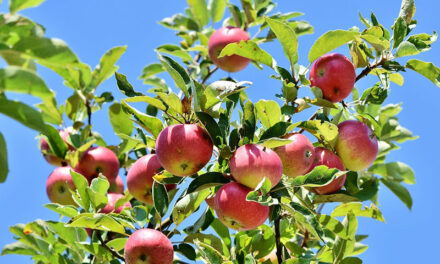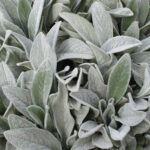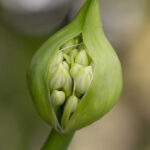The oak tree is a common sight in Dutch nature, found in forests, along roads, in parks, and other public green spaces. Besides being regarded as a monument, it serves as a food source and shelter for many animals.
Oak Tree
For humans, the oak is not just a tree; its wood is extensively used in various woodworks. The oak tree impacts the lives of around 800 different animal species, including insects, birds, mice, and squirrels. Alongside the benefits for humans, flora, and fauna, there are also drawbacks to the oak, such as the shedding leaves in autumn, processionary caterpillars in late spring and summer. The tallest oak trees can reach heights of 40 meters. Oaks are dispersed by squirrels, which bury a stash for winter. If some acorns remain in the ground, a new oak tree grows from them.
How to Recognize an Oak Tree?
Oak trees are identifiable by their fruit, leaves, and bark. Their fruit, acorns, are toxic to humans, horses, sheep, and cattle. Yet, wild boars, deer, squirrels, and pigs consume them, tolerating the contained tannins. The oak tree’s bark is deeply grooved, irregular, and often has a gray-greenish hue, although this can vary based on the tree’s age.
Oak Tree Leaves
Oak leaves are deeply incised, green in summer, transitioning to yellow or reddish-brown in autumn. They have a lobed shape with rounded or pointed edges branching out from the central vein. Typically, the leaves exhibit a symmetrical arrangement around a distinct midrib.
Pruning Oak Trees
The optimal time for pruning oak trees is June. Winter pruning leads to wounds that might render the tree more susceptible to diseases and reduce its resistance. Utilize sharp tools for precise pruning. Focus on trimming branches with a diameter under 10 centimeters and limit it to a maximum of 20% of the tree. Trim about 10 centimeters from the trunk or main branch to create a branch collar. Primarily, prune only diseased, dead, or damaged branches. For thinning or shaping purposes, prioritize pruning the most vertical branches.
Caterpillars in the Oak Tree
Recently, the oak processionary caterpillar has drawn significant attention. These caterpillars form extensive colonies in trees. Overly tidy outdoor spaces and the use of toxins in nature have led to the elimination of the caterpillar’s natural predators, accelerating its rapid proliferation.
Types of Oak Trees
In the UK, two prevalent oak species are the English Oak (Quercus robur) and the Sessile Oak (Quercus petraea). However, in the UK, there are over 400 species of oaks, encompassing both evergreen and deciduous varieties.
English Oak tree, Quercus Robur
This oak is widespread in the UK. It’s discernible from the Winter Oak by the stalks where the leaves and acorns attach. The English Oak features acorns on long stems and leaves on short ones; the Winter Oak has the reverse.
Quercus Robur Fastigiata
A densely branched, columnar oak suitable for narrow lanes or streets, reaching 15 to 20 meters in height. Also known as Quercus Robur ‘Pyramidales’.
Quercus Robur Fastigiata ‘Koster’
An evolved version of Quercus Robur Fastigiata, forming a closed, narrow, and pyramidal column due to non-drooping branches. Perfect for compact spaces like smaller squares and narrow streets; mature height is 10 to 15 meters.
Red Oak tree, Quercus Rubra
This species, common in the UK, has pointed leaves unlike the English Oak. Originating from North America, it rapidly grows to 35 meters in height, sporting a broad, dense crown that turns decorative shades of yellow, brown, orange, and scarlet red in autumn.
Cork Oak, Quercus Suber
An evergreen oak prevalent in the Mediterranean, known for traditional cork harvesting. Its gray-brown bark features deep grooves, turning into a reddish-brown trunk when stripped. Mature trees reach around 15 meters, boasting nearly oval leaves.
Holm Oak tree, Quercus Ilex
Native to the Mediterranean, the Holm Oak remains evergreen and can grow up to 25 meters. Its elongated, velvety dark green/grey leaves have shallow grooves. Easily pruned into a broad, round crown.
Quercus ilex espalier
With its slow growth and evergreen appearance, this oak is ideal for espalier pruning. Suitable for any location with its decorative bark.
Quercus ilex multi-stemmed
A hardy, wintergreen tree cultivated in a multi-stemmed form. Its slightly bending older branches create a broad and irregular shape, perfect as a solitary tree in gardens.
Pin Oak, Quercus palustris
Among the oak species, this robust, fast-growing tree forms an oval to egg-shaped crown. Its deeply lobed leaves with pointed edges showcase a striking red autumn color. Mature trees reach approximately 20 meters in height.
Quercus palustris ‘green dwarf’
A garden variant of the Pin Oak, measuring between 4 and 6 meters in height. With a densely branched, rounded shape and shiny green leaves that display a decorative color in autumn.
Quercus palustris ‘green pillar’
A columnar Pin Oak that remains relatively narrow, reaching 12 to 18 meters in height and 3 to 4 meters in width. Ideal for medium-sized gardens, narrow streets, and smaller squares due to its shape.
Turkey Oak tree, Quercus cerris
Also known as the Turkish Oak, this oak features a rough, grooved trunk with a round to cone-shaped crown. Mature trees stand at 25 to 30 meters in height.
Sessile Oak, Quercus Petraea
Less prevalent in the UK than the English Oak, it grows to heights of 25 to 30 meters. Its crown is broad or later egg-shaped. Unlike the English Oak, its leaves can remain withered on the tree throughout winter.
Willow Oak, Quercus phellos
An eye-catching oak species due to its narrow, lanceolate leaves resembling those of a willow tree. In its natural habitat, in America, this tree can reach 30 meters in height. When planted in the UK, it typically grows to a maximum of 20 meters. The tree has a broad, egg-shaped form with a densely branched crown.
Hungarian Oak, Quercus frainetto
A fast-growing oak species with a finely grooved, greyish-brown trunk. It reaches a height of about 20 meters, with a broadly rounded to round crown shape. In its natural habitat, this tree can reach a height of 40 meters.
White Oak, Quercus alba
This is the most common tree in the eastern and central United States but is less prevalent in Europe. It is a deciduous species with a round crown that can reach a height of 20 to 30 meters. In autumn, its leaves turn into various shades of red.


